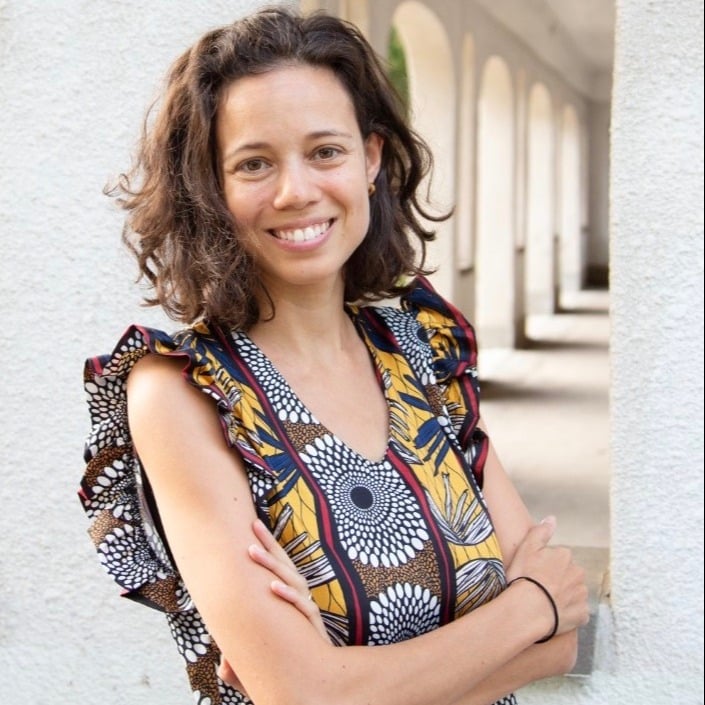When people ask me whether I think the Sustainable Development Goals (SDGs) are useful, my short answer is “yes, but”. In this two-part blog, I unpack what I mean by that. This first blog explores the ‘yes’ part of the answer, and the second explores the ‘but’.
 If you’re reading this, you are probably familiar with the SDGs framework, also known as Agenda 2030. In 2015, the international community adopted the SDGs as a vision for our global future. The United Nations developed the agenda with input from millions of people around the world, gathered through an extensive, multi-year engagement process – the largest process of its kind in history. The framework includes 17 goals, 169 targets and 232 indicators for the world to achieve by 2030. It lays out a bold common vision and shared language that transcends borders and spans all sectors. And unlike the Millenium Development Goals that the SDGs replaced, it is a universal agenda for everyone, everywhere. The SDGs have been adopted by all 193 United Nations member states, as well as by sub-national governments, nonprofits, community groups, businesses, educational institutions (including Canadian universities and colleges and institutes), and social entrepreneurs and innovators around the world. The work of Alliance 2030, the Sustainable Development Solutions Network (SDSN) Canada, and the International Institute for Sustainable Development (IISD) among others shows the tremendous momentum building in Canada.
If you’re reading this, you are probably familiar with the SDGs framework, also known as Agenda 2030. In 2015, the international community adopted the SDGs as a vision for our global future. The United Nations developed the agenda with input from millions of people around the world, gathered through an extensive, multi-year engagement process – the largest process of its kind in history. The framework includes 17 goals, 169 targets and 232 indicators for the world to achieve by 2030. It lays out a bold common vision and shared language that transcends borders and spans all sectors. And unlike the Millenium Development Goals that the SDGs replaced, it is a universal agenda for everyone, everywhere. The SDGs have been adopted by all 193 United Nations member states, as well as by sub-national governments, nonprofits, community groups, businesses, educational institutions (including Canadian universities and colleges and institutes), and social entrepreneurs and innovators around the world. The work of Alliance 2030, the Sustainable Development Solutions Network (SDSN) Canada, and the International Institute for Sustainable Development (IISD) among others shows the tremendous momentum building in Canada.
As many SDG enthusiasts often state, it is not the 17 individual goals that are most exciting, but rather the space and interactions between the goals. A key feature of Agenda 2030 is that all the goals are integrated and indivisible. The SDGs reflect a holistic understanding of our most pressing challenges, linking the social, environmental, and economic dimensions of sustainable development. In this way, they open the door for multisolving – tackling multiple problems with a single intervention. Many experts have sought to identify catalytic actions that can spur progress across multiple goals and targets. There are also synergies and tradeoffs inherent in the framework, where actions on one goal may have positive or negative impacts on others.
The SDGs also enable us to align our approaches to impact measurement, using common indicators and comparing data across jurisdictions. In this way, they are a crucial tool for shared evaluation and reporting.
It’s no wonder that in the midst of COVID recovery, many city leaders are looking to the SDGs to mainstream the principles of equity and sustainability into decision-making, while also laying foundations for the transformations called for in “building back better”.
Sounds like a panacea, right? Well, not exactly. The SDGs also have some crucial limitations that I will explore in an upcoming complementary piece: The SDGs: Just One (Important) Part of the Story





